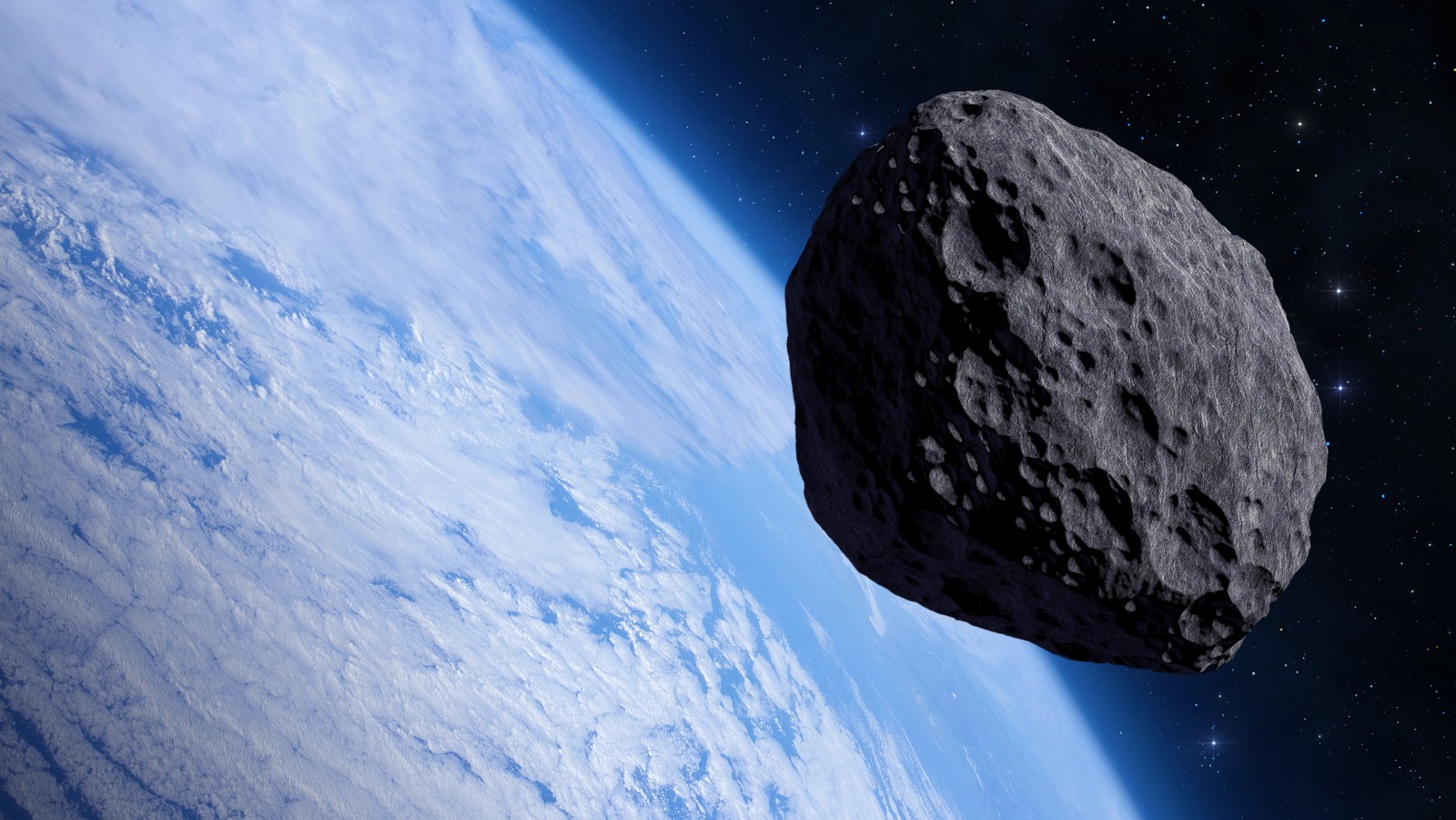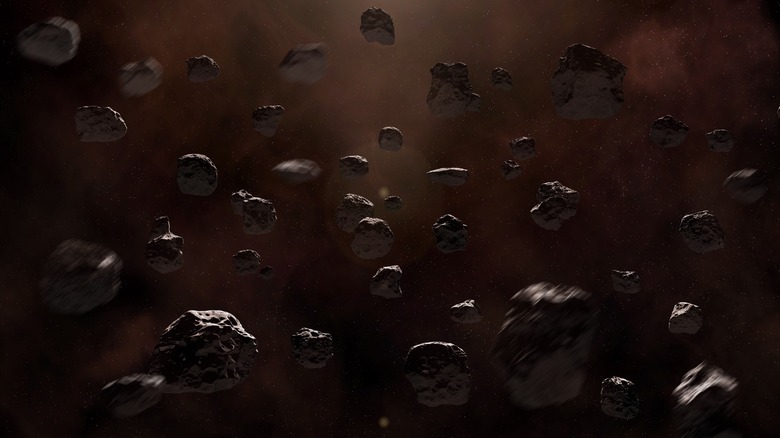When you think of moons orbiting around celestial bodies, the first that naturally springs to mind is Earth’s own moon. Certainly, that moon is ours – it is firmly locked within orbit around our planet and it’s hard to even imagine what would happen if Earth lost the moon. However, while the moon is Earth’s largest, most distinct celestial passenger, it’s not the only one. As a matter of fact, Earth has picked a second moon for a couple months before — quite a number of times, actually — but the most recently identified one, an asteroid named 2025 PN7, has apparently been hanging around for nearly 60 years, and will stick around for a few decades more.
In a new study published by the American Astronomical Society in the Research Notes of the AAS, a small asteroid was identified out in space that appears to be following along with Earth’s orbit. And if the research is accurate, 2025 PN7 has been quietly floating around in our vicinity since the 1960s. However, unlike our more famous moon that we know and love, PN7 is not a moon in the true sense, and will likely only remain in our orbit for another 60 years or so.
PN7 is the latest in Earth’s collection of quasi-moons
PN7 is believed to be a very rare type of small-scale celestial body commonly known as a “quasi-moon.” PN7 appears to be locked in orbit around Earth like our own moon, but actually, its presence is just a coincidence. Instead of orbiting around our planet, PN7 is orbiting the sun like every other major celestial body. By sheer chance, however, that orbit is almost exactly like the Earth’s, so it looks like the asteroid is following us around. There are actually quite a few small asteroids in Earth’s vicinity; by current estimates, there are around eight quasi-moons floating somewhere in the void near us.
PN7 was originally spotted earlier this year by astronomers at the University of Hawaii. During a routine survey of the night sky, a researcher happened to spot an oddly persistent dot moving against the stars in time with Earth’s orbit. After observing the dot for an extended period, the researchers sent a request to NASA for an official word, and the result came back positive. The asteroid now has a spot in NASA’s official database.
To clarify, while the idea of an asteroid in our vicinity sounds intimidating, PN7 is completely harmless. Its actual size is only about 18 to 36 meters wide, no bigger than a small house, and while it is “nearby” in the celestial sense, its actual position relative to the us is a good 4 to 17 million kilometers from Earth proper. While there are things out there like the city-killer asteroid that has a chance of hitting Earth in 2032, PN7 isn’t dangerous at all. Like with most allegedly dangerous asteroids, the odds of it coming near us are virtually nil.
PN7 will continue to match our orbit around the sun until around 2083, after which its trajectory will launch it elsewhere into the great unknown.










